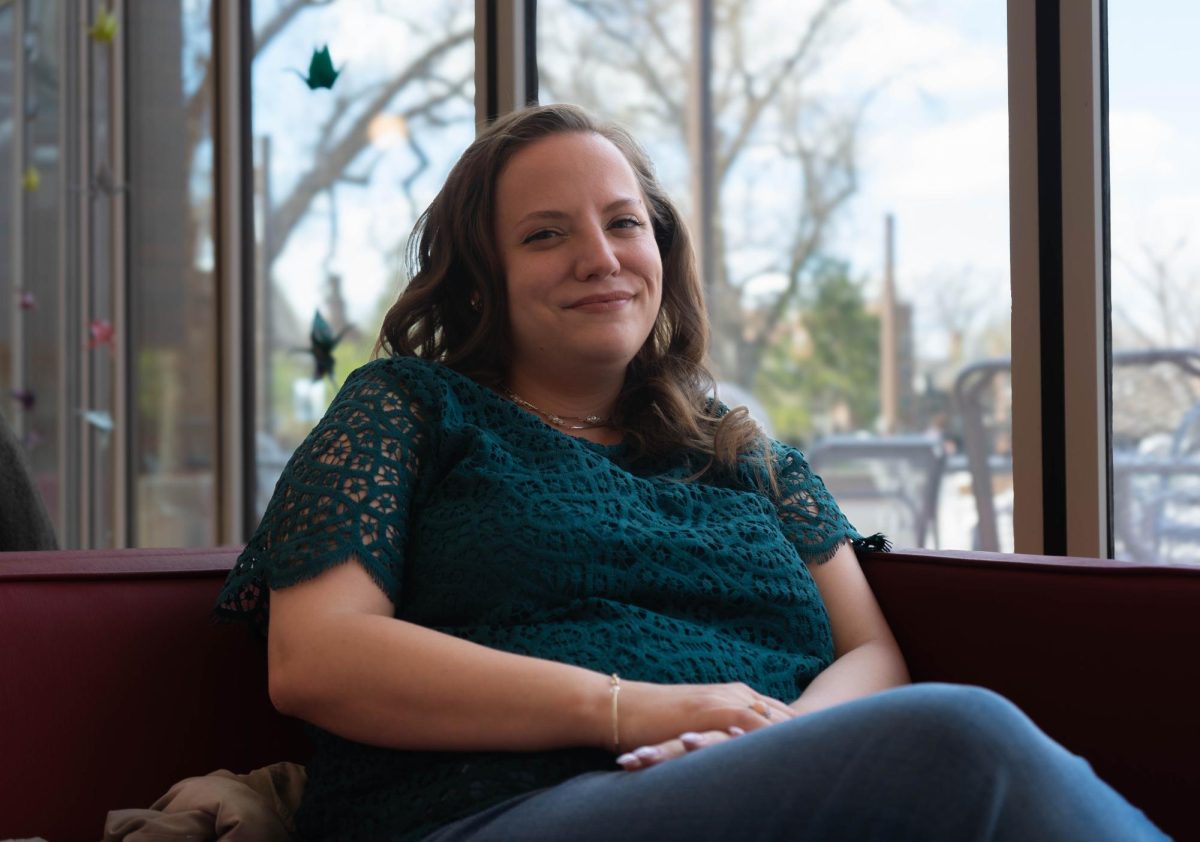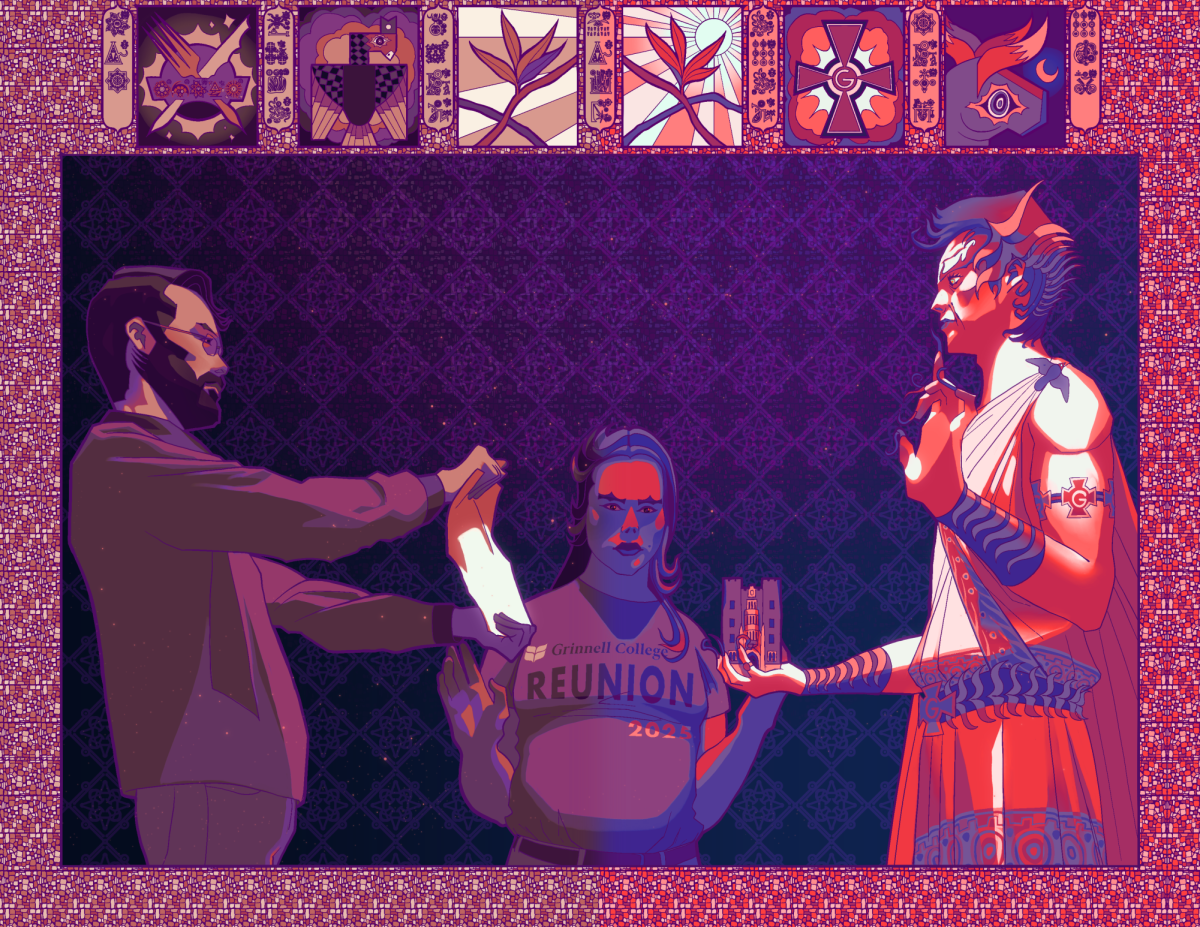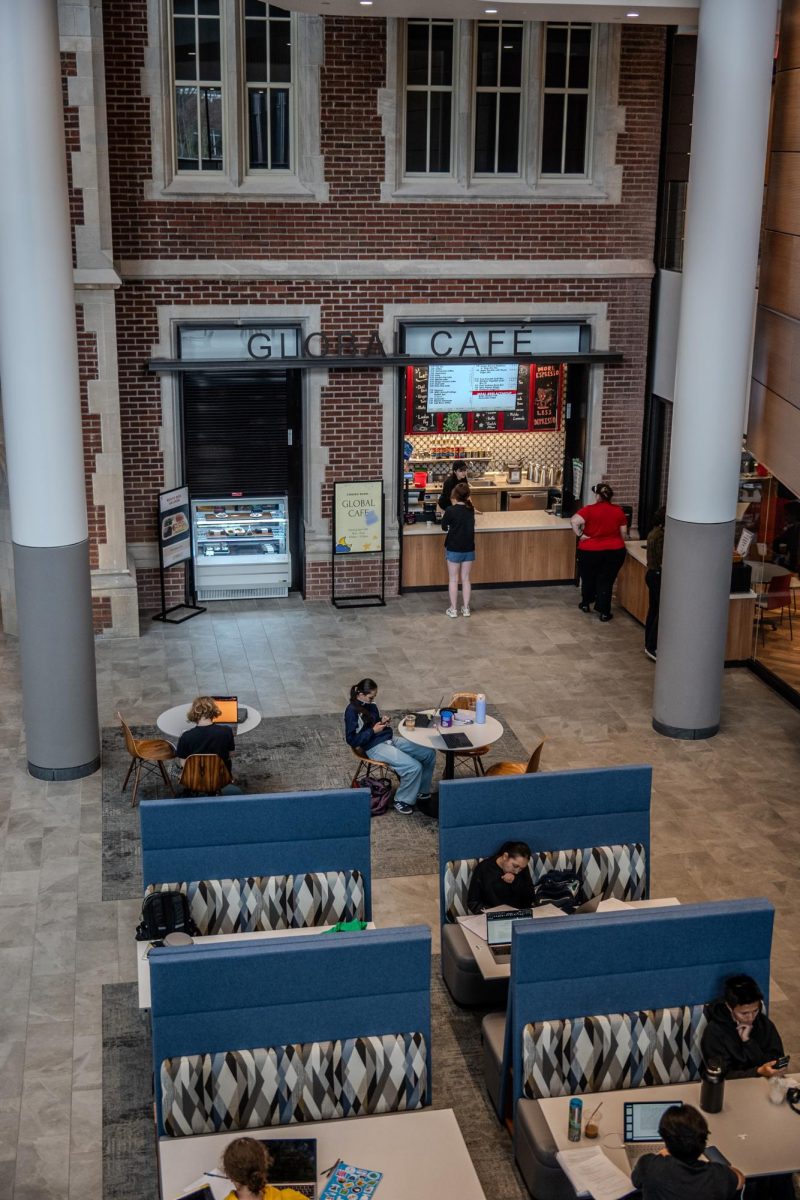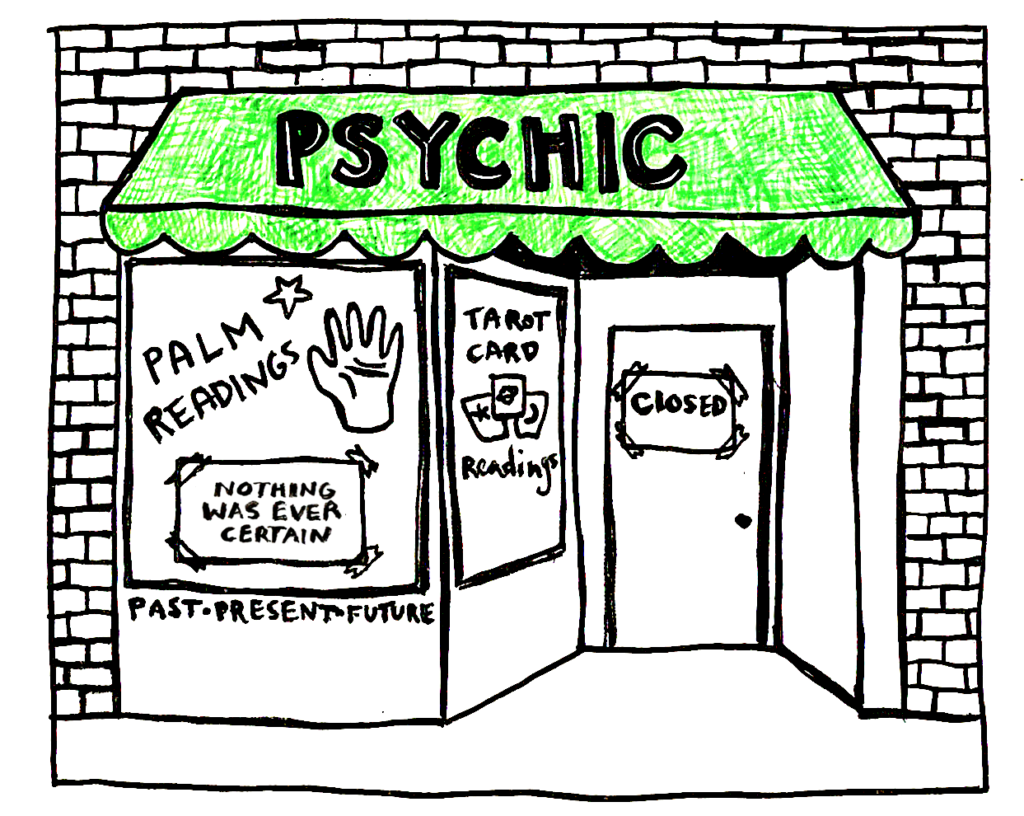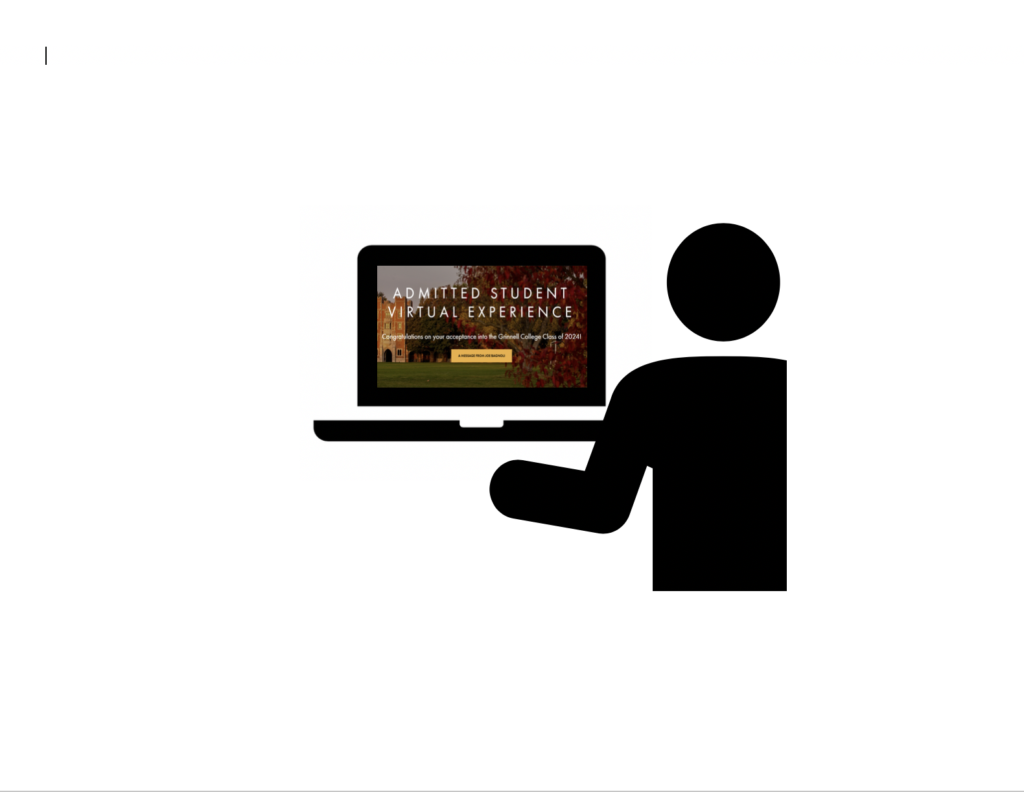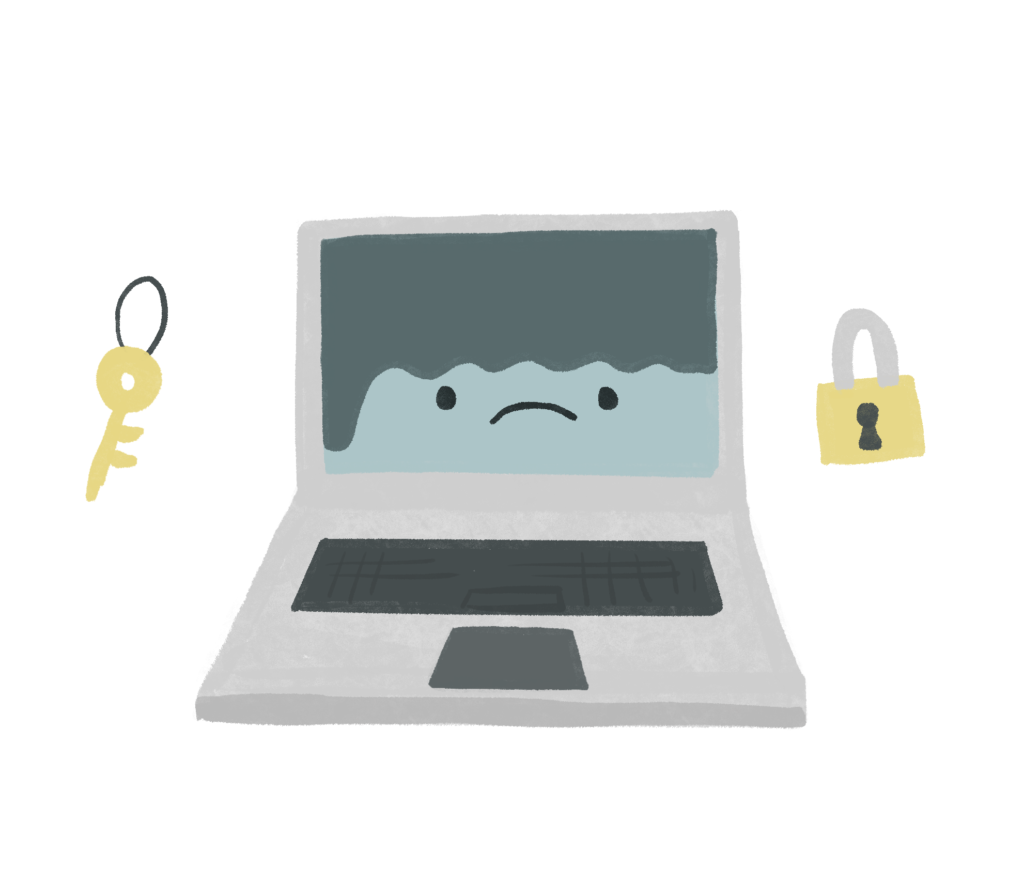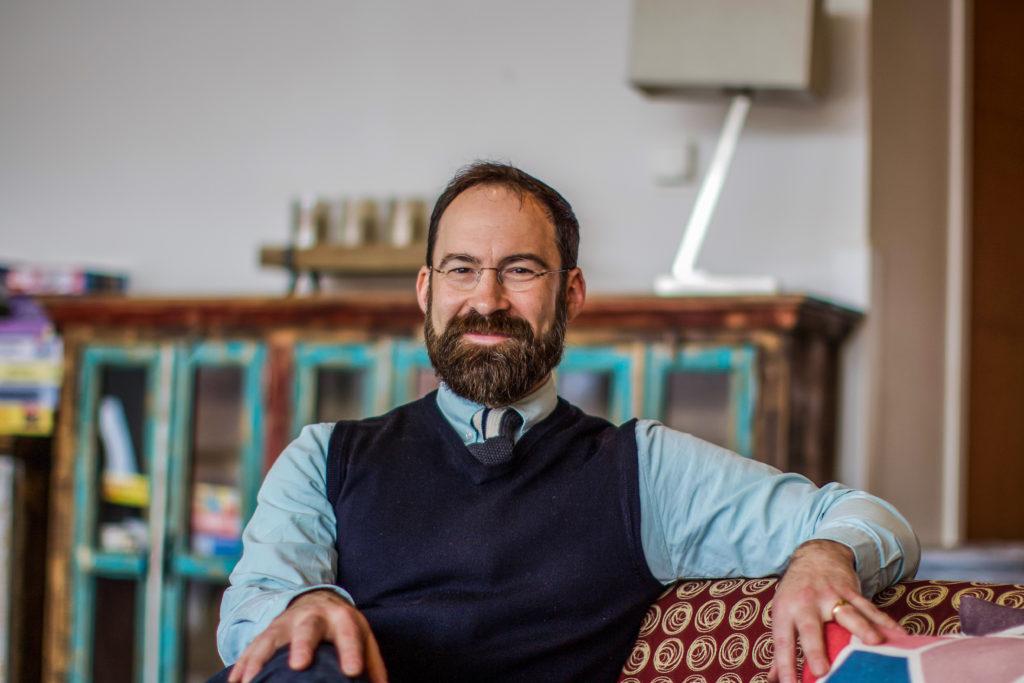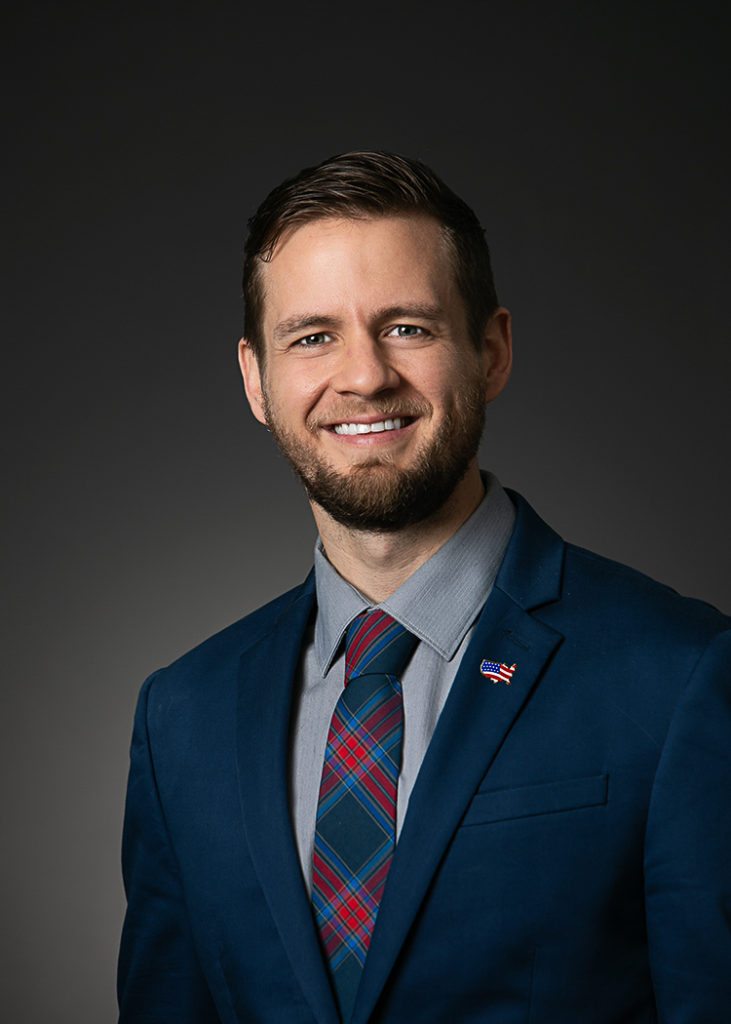After two years of work, the Council of Diversity and Inclusion has published a draft of the Diversity and Inclusion Plan. After seeking feedback from the Grinnell College community, the Council will present a final plan to President Raynard Kington which will include what the College website describes as “strategic recommendations to the President on how to develop and sustain an inclusive and diverse campus community.”
The Council sent a draft of the plan to all members of the student body, along with a form for students to give feedback on the draft and an invitation to discuss the plan with Lakesia Johnson, chair and co-convener of the Council, and Maure Smith-Benanti, the other co-convener, at two events on Tuesday, April 3 and Wednesday, April 4.
At the events, Johnson and Smith-Benanti proposed changes that include downplaying the role of standardized testing in admissions, extending diversity and inclusion training for students past New Student Orientation, having “cultural centers [like the Conney M. Kimbo Black Cultural Center and the Stonewall Resource Center] that reflect best practices” as determined by an advisory board, creating an identity-based mentoring program to help students after they graduate, establishing a multicultural alumni weekend and adding a question in budget request forms about how funding would contribute to diversity and inclusion.
Additional recommendations contained in the draft include continuing the College’s partnership with Community Based Organizations (CBOs) like QuestBridge and RaiseMe, and developing a historical tour of Grinnell that shows “its social justice past.” They also hope to send the message that “promoting student healing” should be a priority, and plan to do so by teaching students “self-care strategies,” instituting a mandatory diversity and inclusion course for first-years which could possibly be included in tutorial classes and expanding all-gender restrooms to every building in the College.
The Council also recommended changes that would make Grinnell a better workplace, especially for staff, who tend to be less satisfied with working at Grinnell than faculty are. This would include “professional development on inclusive practice for managers and supervisors” and the creation of a mentoring program for new staff.
This year’s plan is an update to a similar plan from 2011, which an ad hoc committee released in response to issues they saw from a campus climate survey from 2009. The 2011 plan led to the institution of a protocol for addressing bias-related incidents and the establishment of the Peer Connection Pre-Orientation Program and writing mentors.
In 2015, the Council of Diversity and Inclusion, itself a product of the 2011 committee’s recommendations, decided to conduct a new climate survey to help create new recommendations that they could make to the president to improve the College. The Committee released the new climate survey to students in 2016, and the results demonstrated clearly what the Committee already knew: non-dominant groups of students felt less comfortable on campus.
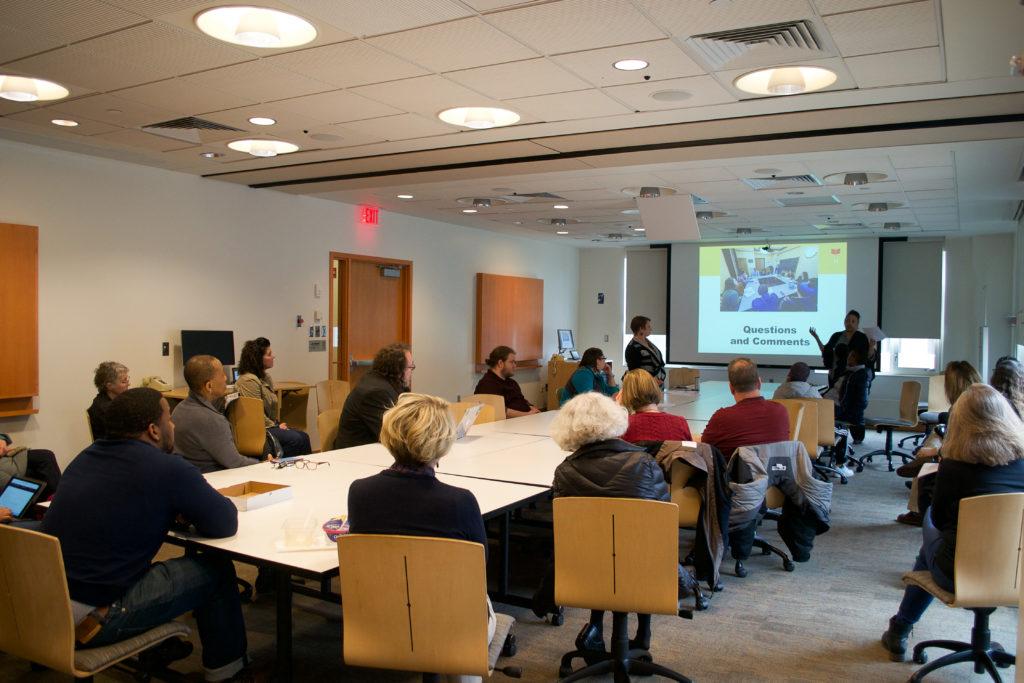
“When you’re on the front lines [of Diversity and Inclusion work], you hear a lot of things from students and faculty, so you have a sense for, at least on the anecdotal level, how people were experiencing the climate,” Johnson said at a discussion of the plan held on Wednesday, April 4. “So we had the survey and it showed that people in non-dominant groups were experiencing the climate in very different ways than those in a privileged group. That didn’t really surprise us but now we have the numbers to prove it.”
After gathering data through the survey, the Council created their draft of the plan over the course of two years. Its recommendations are structured around the College’s pre-existing Strategic Plan, which focuses on enrollment, teaching and learning, post-graduate success and management of infrastructure resources.
“We want to make diversity and inclusion work business as usual here at Grinnell. … We talked about ways to make this part of the institution so we looked at the College’s strategic plan. The strategic plan is reviewed on a regular basis… so we thought if we connected what we’re doing to the strategic plan we would make it part of what we’re doing every day to make a better place,” Johnson said.



















































